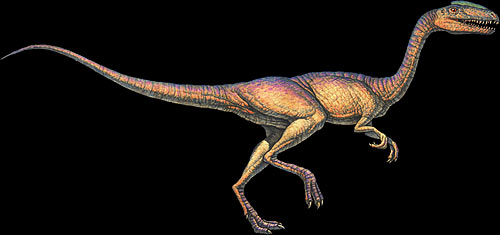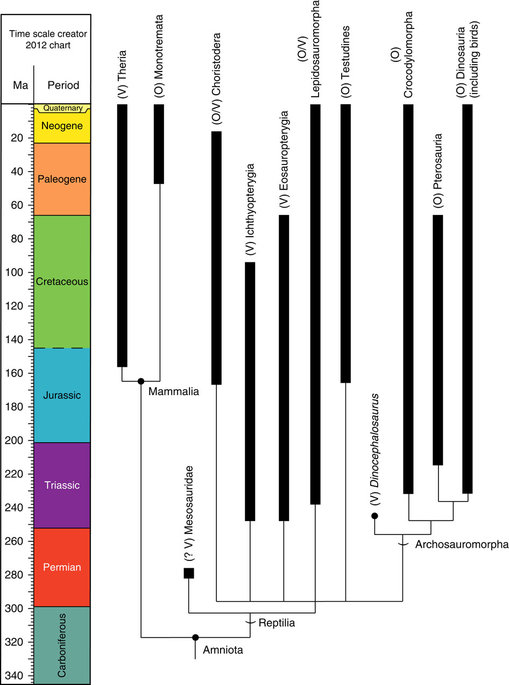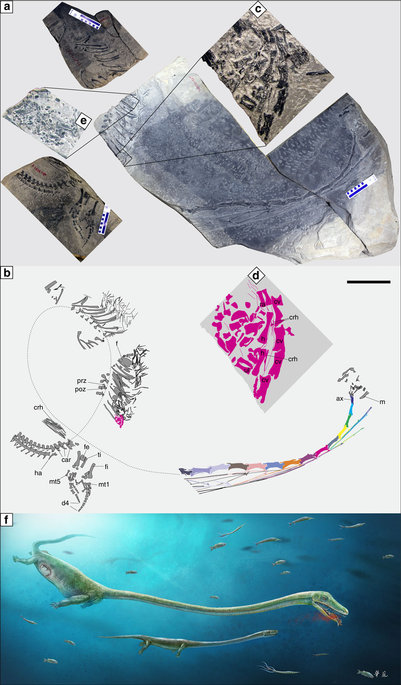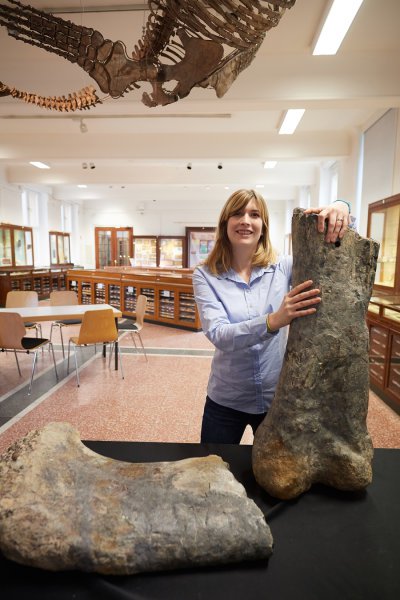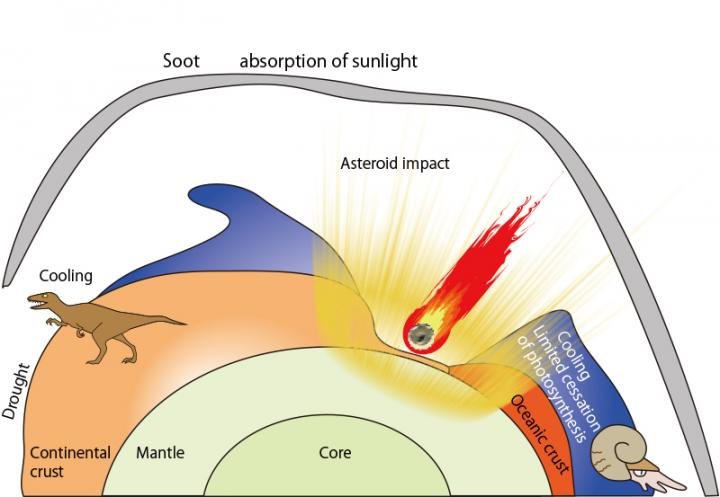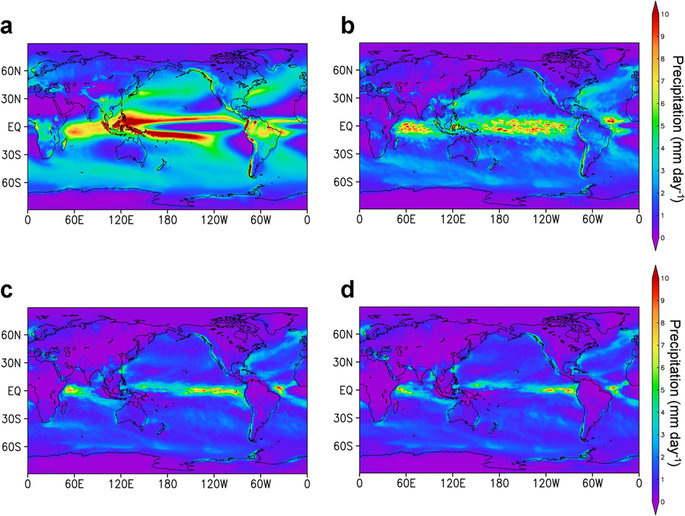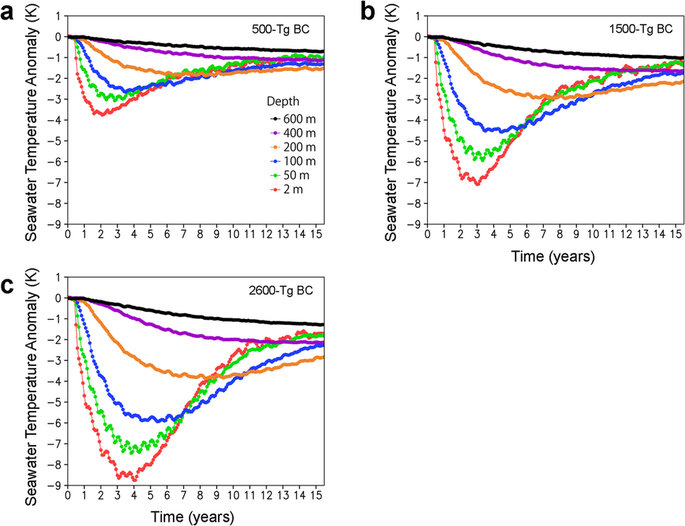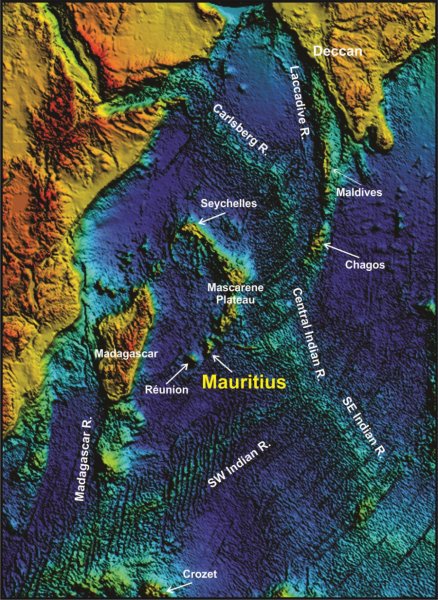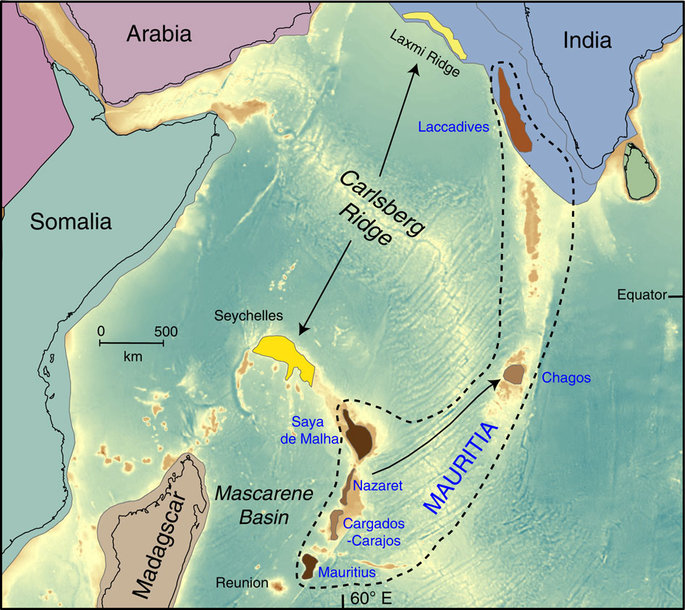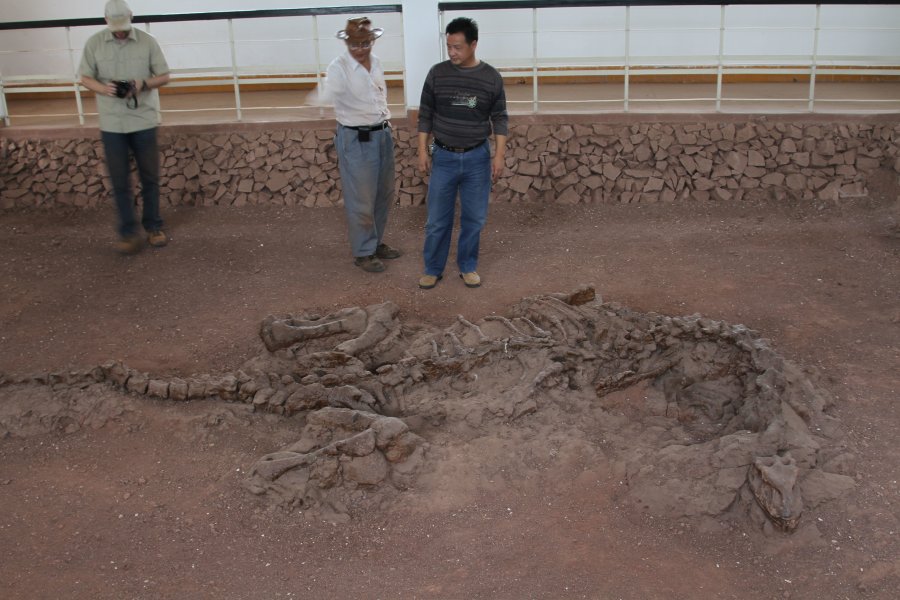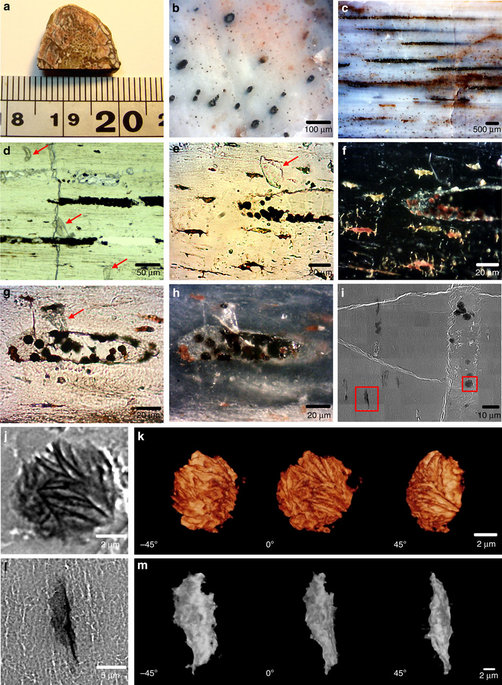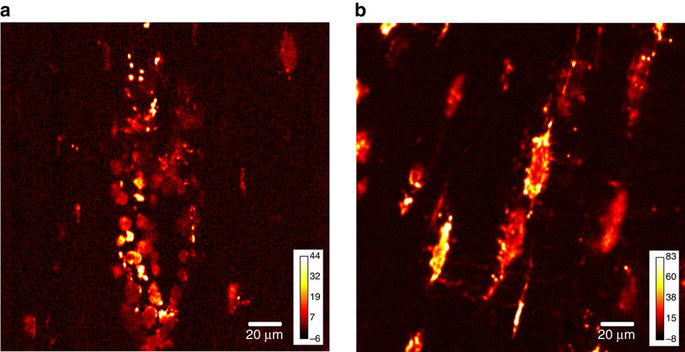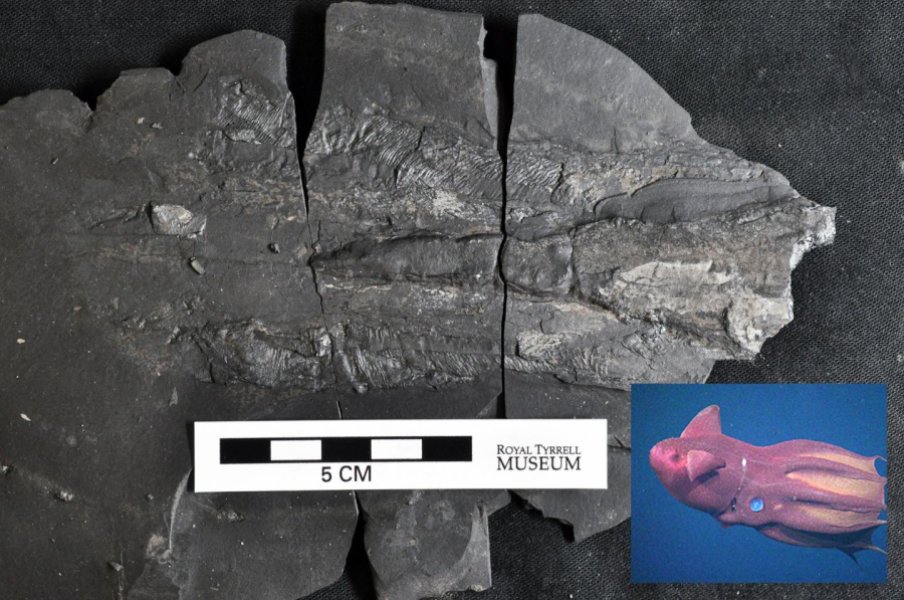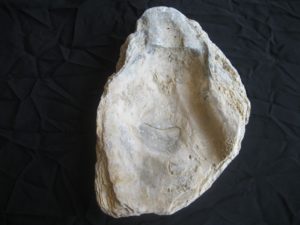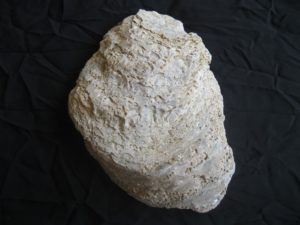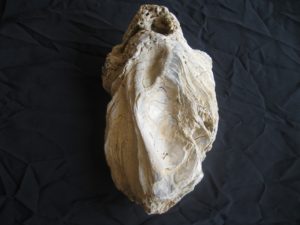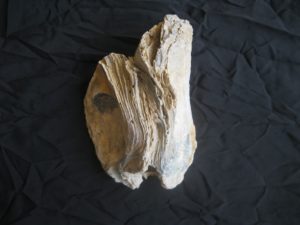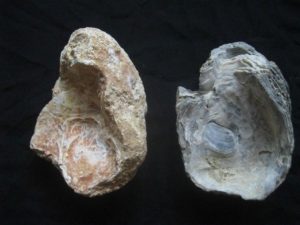@WFS,World Fossil Society,Riffin T Sajeev,Russel T Sajeev
A study of tiny mineral ‘inclusions’ within diamonds from Botswana has shown that diamond crystals can take billions of years to grow. One diamond was found to contain silicate material that formed 2.3 billion years ago in its interior and a 250 million-year-old garnet crystal towards its outer rim, the largest age range ever detected in a single specimen. Analysis of the inclusions also suggests that the way that carbon is exchanged and deposited between the atmosphere, biosphere, oceans and geosphere may have changed significantly over the past 2.5 billion years.
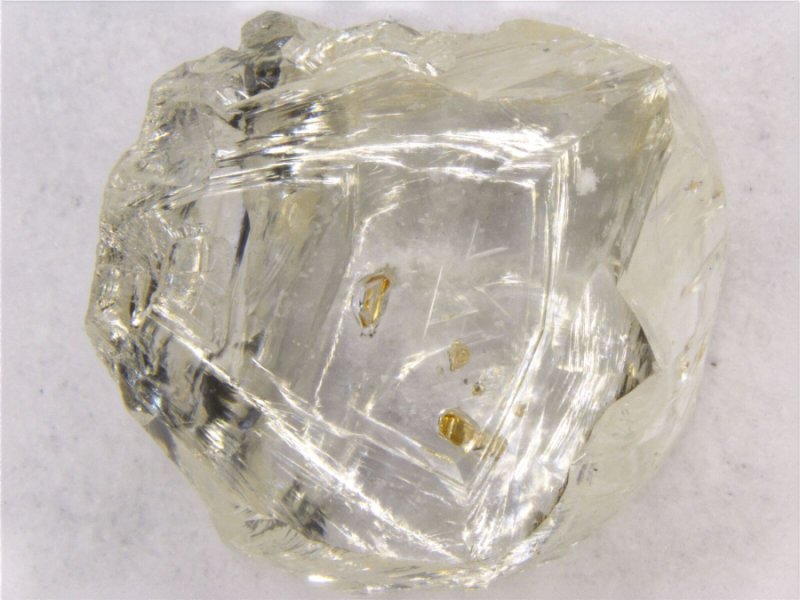
Gem quality diamond from Letlhakane, containing multiple orange garnets.Credit: M. Gress, VU Amsterdam
‘Although a jeweller would consider diamonds with lots of inclusions to be flawed, for a geologist these are the most valuable and exciting specimens,’ said Prof Gareth Davies, of Vrije Universiteit (VU) Amsterdam, who co-authored the study. ‘We can use the inclusions to date different parts of an individual diamond, and that allows us to potentially look at how the processes that formed diamonds may have changed over time and how this may be related to the changing carbon cycle on Earth.’
Sixteen diamonds from two mines in north eastern Botswana were analysed in the study: seven specimens from the Orapa mine and nine from the Letlhakane mine. A team at VU Amsterdam measured the radioisotope, nitrogen and trace element contents of inclusions within the diamonds. Although the mines are located just 40 kilometres apart, the diamonds from the two sources had significant differences in the age range and chemical composition of inclusions.
The Orapa diamonds contained material dating from between around 400 million and more than 1.4 billion years ago. The Letlhakane diamond inclusions ranged from less than 700 million and up to 2-2.5 billion years old. In every case, the team were able to link the age and composition of material in the inclusions to distinct tectonic events occurring locally in the Earth’s crust, such as a collision between plates, continental rifting or magmatism. This suggests that diamond formation is triggered by heat fluctuations and magma fluid movement associated with these events.
The Letlhakane diamonds also provided a rare opportunity to look back in time to the early Earth. The oldest inclusions date back to before the Great Oxidation Event (GOE) around 2.3 billion years ago, when oxygen produced by multicellular cyanobacteria started to fill the atmosphere, radically changing the weathering and sediment formation processes and thus altering the chemistry of rocks.
‘The oldest inclusions in the diamonds contain a higher proportion of the lighter carbon isotope. As photosynthesis favours the lighter isotope, carbon 12, over the heavier carbon 13, this ‘light’ ratio finding suggests that organic material from biological sources may have been more abundant in diamond-forming zones early in the Earth’s history than we find today,’ explained Suzette Timmerman, lead author on the study. ‘Higher temperatures in the Earth’s interior before the GOE may have affected the way that carbon was released into the diamond forming regions beneath the Earth’s continental plates and may be evidence of a fundamental change in tectonic processes. However, we are currently working with a very small dataset and need further studies to establish if this is a global phenomenon.’
@WFS,World Fossil Society,Riffin T Sajeev,Russel T Sajeev
Citation:S. Timmerman, J.M. Koornneef, I.L. Chinn, G.R. Davies. Dated eclogitic diamond growth zones reveal variable recycling of crustal carbon through time. Earth and Planetary Science Letters, 2017; 463: 178 DOI: 10.1016/j.epsl.2017.02.001
Europlanet Media Centre. “Diamond’s 2-billion-year growth charts tectonic shift in early Earth’s carbon cycle.” ScienceDaily. ScienceDaily, 23 February 2017. <www.sciencedaily.com/releases/2017/02/170223102126.htm>.
Key: WFS,World Fossil Society,Riffin T Sajeev,Russel T Sajeev













 February 27th, 2017
February 27th, 2017  Riffin
Riffin 